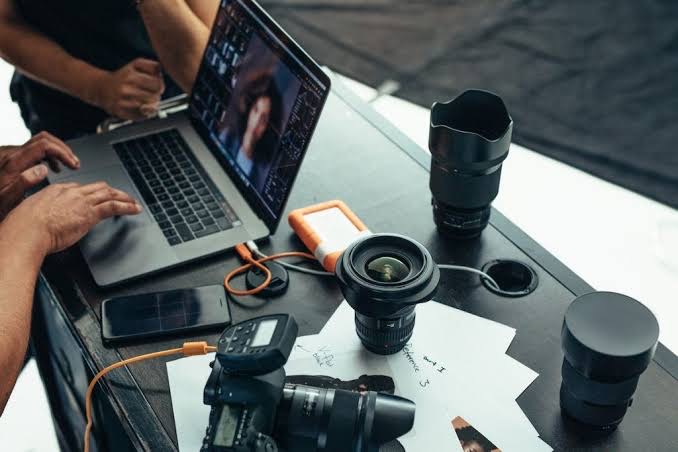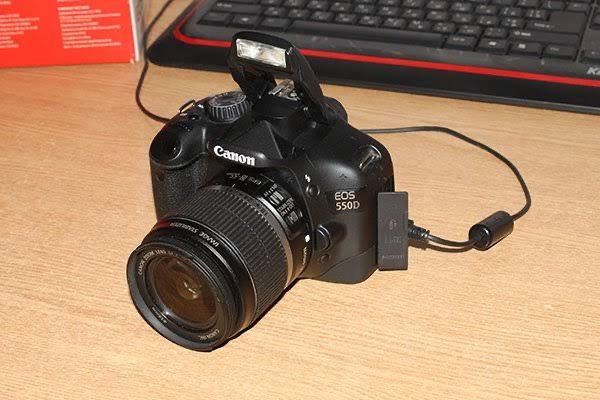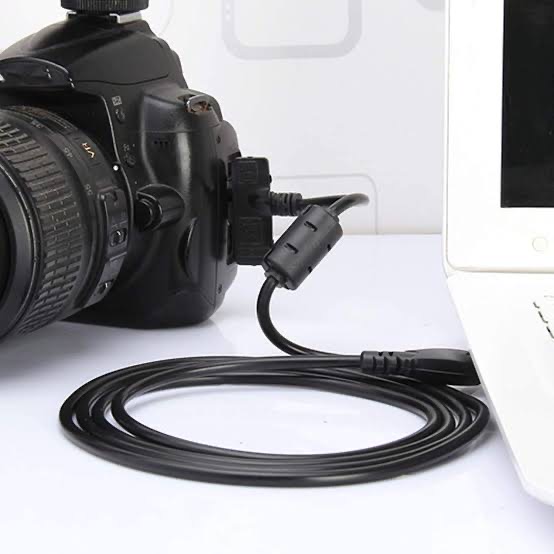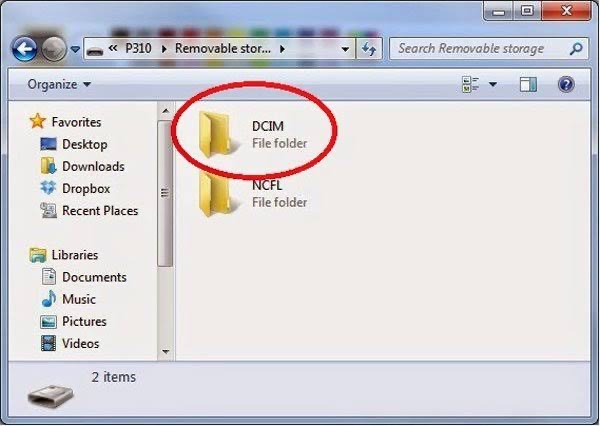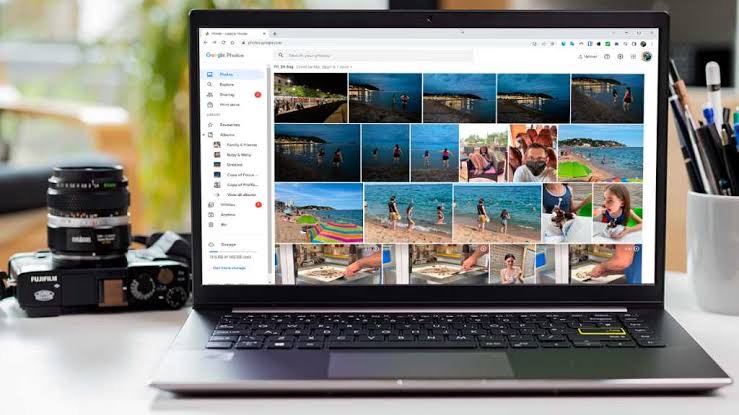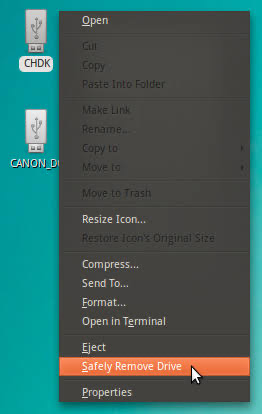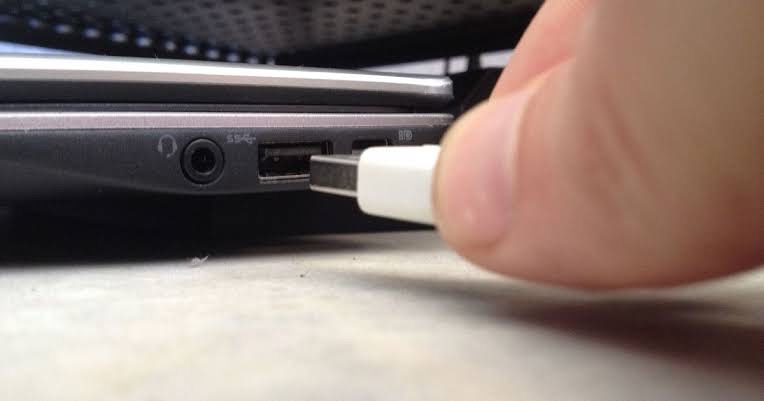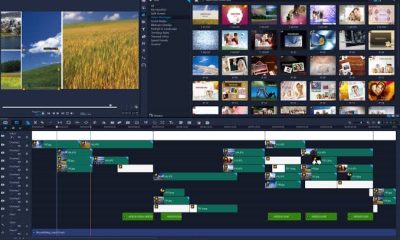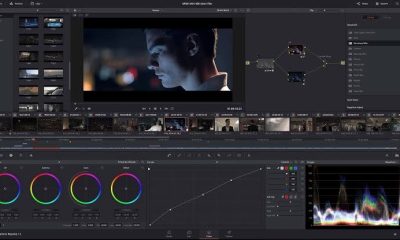Smartphones have revolutionized communication and access to information, becoming indispensable in daily life. However, the convenience of constant connectivity comes with a downside. The light emitted from phone a screen, particularly blue light, can significantly impact brain health and overall well-being.
Understanding Phone Screen Light and Blue Light

Phone screens emit a spectrum of light, including blue light, which has shorter wavelengths and higher energy compared to other types of visible light. Blue light plays a crucial role in regulating circadian rhythms, the body’s natural sleep-wake cycle. However, excessive exposure, especially at night, can disrupt this delicate balance and harm brain function.
1. Disruption of Sleep Patterns

The brain relies on darkness to signal the production of melatonin, the hormone responsible for sleep. Prolonged exposure to blue light from phone screens, especially before bedtime, suppresses melatonin production, leading to:
– Insomnia: Difficulty falling or staying asleep.
– Fragmented Sleep: Reduced quality of sleep, leaving you feeling tired even after sufficient hours.
– Delayed Sleep-Wake Cycle: A condition where the body struggles to fall asleep and wake up at appropriate times.
Chronic sleep disruption negatively impacts brain health, leading to cognitive impairment and a higher risk of mental health disorders.
2. Impaired Cognitive Function
Excessive exposure to phone screen light, particularly at night, can result in overstimulation of the brain, making it harder to relax and unwind. Over time, this can lead to:
– Reduced Memory Retention: Sleep is essential for consolidating memories, and disruption interferes with this process.
– Difficulty Concentrating: Sleep deprivation caused by blue light exposure hampers focus and productivity.
– Decreased Problem-Solving Skills: The brain’s ability to process complex information diminishes with insufficient rest.
3. Increased Risk of Mental Health Issues
Chronic exposure to phone screens and their emitted light has been linked to an increased risk of mental health challenges, such as:
– Anxiety and Depression: Disrupted sleep and overstimulation can exacerbate feelings of anxiety and depression.
– Stress: The constant notifications and interactions from phone use, combined with light exposure, can heighten stress levels.
4. Altered Brain Chemistry
Blue light exposure may also influence neurotransmitter production in the brain, such as dopamine and serotonin, which are critical for mood regulation. Overexposure can lead to:
– Mood Swings: Difficulty maintaining emotional balance.
– Reduced Motivation: Altered dopamine levels can impact drive and satisfaction.
5. Potential Long-Term Effects
While research is ongoing, prolonged exposure to phone screen light may pose long-term risks to brain health, such as:
– Neurodegenerative Disorders: Chronic sleep disruption has been linked to an increased risk of conditions like Alzheimer’s and Parkinson’s.
– Impaired Neural Development: For children and adolescents, excessive screen time may hinder the development of critical brain functions.
How to Mitigate the Impact of Phone Screen Light on the Brain
1. Limit Screen Time Before Bed
Avoid using phones or other screens at least 1–2 hours before bedtime to allow your brain to prepare for rest.
2. Use Night Mode or Blue Light Filters
Enable night mode on your device to reduce blue light emissions during evening hours. Blue-light-blocking glasses are also an effective alternative.
3. Follow a Consistent Sleep Schedule
Maintain a regular sleep routine to support your body’s natural circadian rhythm.
4. Engage in Non-Screen Activities
Instead of scrolling through your phone at night, try reading a book, meditating, or journaling to relax your mind.
5. Reduce Overall Screen Time
Limit your daily phone usage and take regular breaks to prevent overexposure.
6. Create a Sleep-Friendly Environment
Keep your bedroom dark, quiet, and free of electronic devices to promote deep, restorative sleep.
Conclusion
The blue light from phone screens has far-reaching consequences on brain health, disrupting sleep, impairing cognitive function, and contributing to mental health challenges. While it’s difficult to avoid screens entirely, adopting healthier habits and limiting exposure can minimize these effects. Prioritize your brain’s well-being by setting boundaries with technology and ensuring adequate rest—your mind will thank you for it.

 Travel4 weeks ago
Travel4 weeks ago
 Health2 weeks ago
Health2 weeks ago
 Health3 weeks ago
Health3 weeks ago
 Health3 weeks ago
Health3 weeks ago
